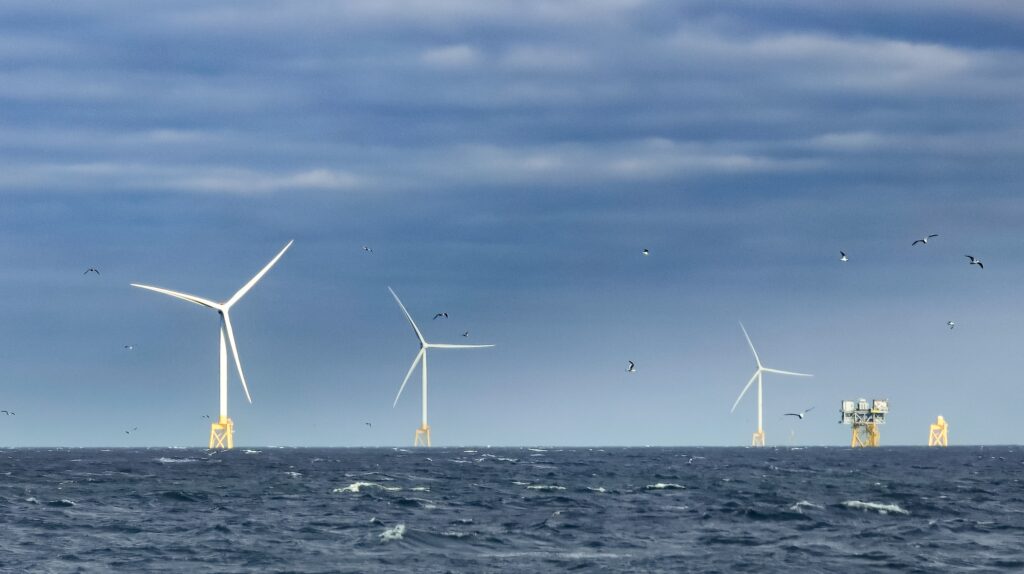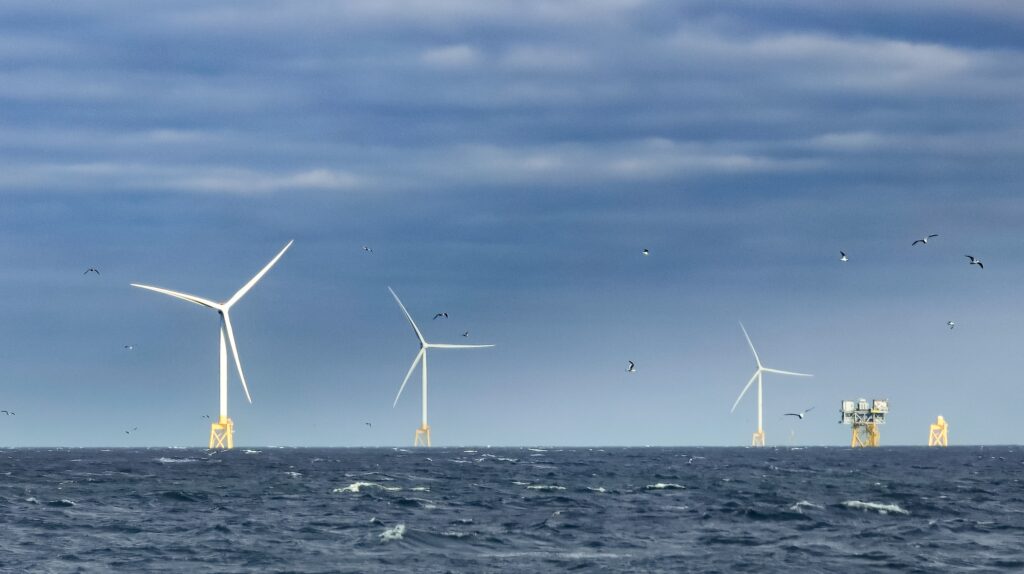The 450 MW Neart na Gaoithe (NnG) offshore wind farm, situated 15.5 kilometers from Fife, Scotland, is now supplying power to the national grid.

Upon completion, the wind farm will feature 54 Siemens Gamesa 8 MW turbines, generating up to 450 MW of renewable energy, sufficient to power 375,000 homes, according to developers.
Owned by EDF Renewables UK and ESB, NnG is projected to offset over 400,000 tonnes of CO2 emissions annually.
“We are delighted to celebrate this significant milestone for NnG. Over the coming months, we look forward to more clean electricity being sent to the grid. NnG is pivotal in the EDF Renewables UK and Ireland portfolio as we move towards a net zero future,” stated Ryanne Burges, Director of Offshore and Ireland for EDF Renewables.
Key milestones in preparation for the first power generation include the completion of all drilling activities and the installation of 54 foundation jackets by Saipem.
Three substations, two offshore and one onshore at the Crystal Rigg wind farm in the Lammermuir Hills, have been established.
The loadout of turbine components from the Port of Dundee was executed using Fred. Olsen Windcarrier’s vessel Blue Tern, alongside the installation of the initial turbines.
NnG is anticipated to be fully operational by summer 2025, with all 52 wind turbines to be commissioned in the coming months, developers said.
“NnG is important for ESB, and we welcome the first power export. We look forward to the wind farm becoming fully operational next year,” said Paul Lennon, Head of Offshore Wind and Hydrogen at ESB.
“It will bring significant benefits to local communities across Scotland’s east coast through support for local projects, supply chain opportunities, and job creation.”
Follow offshoreWIND.biz on:
Original Story at www.offshorewind.biz
